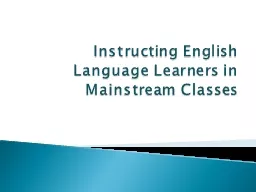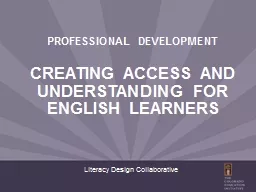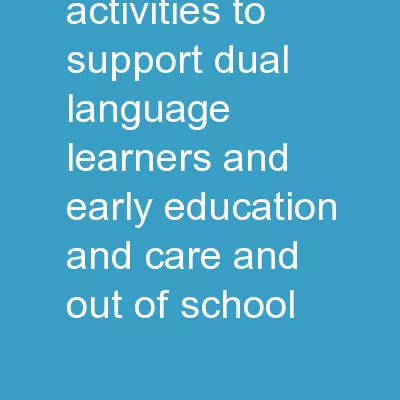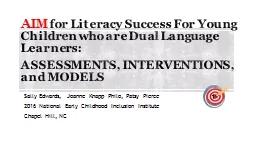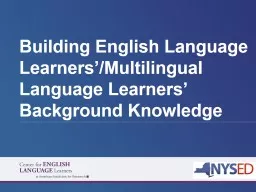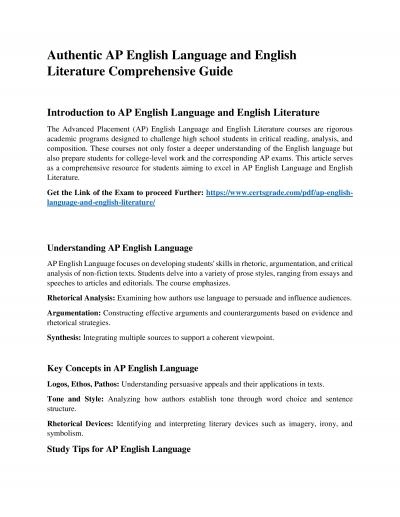PPT-Setting English Learners
Author : min-jolicoeur | Published Date : 2018-12-14
Up For Academic Success EL Strategies for the Regular Classroom Core Concepts for Teaching English Learners Dont assume an EL is fully literate in English because
Presentation Embed Code
Download Presentation
Download Presentation The PPT/PDF document "Setting English Learners" is the property of its rightful owner. Permission is granted to download and print the materials on this website for personal, non-commercial use only, and to display it on your personal computer provided you do not modify the materials and that you retain all copyright notices contained in the materials. By downloading content from our website, you accept the terms of this agreement.
Setting English Learners: Transcript
Download Rules Of Document
"Setting English Learners"The content belongs to its owner. You may download and print it for personal use, without modification, and keep all copyright notices. By downloading, you agree to these terms.
Related Documents





